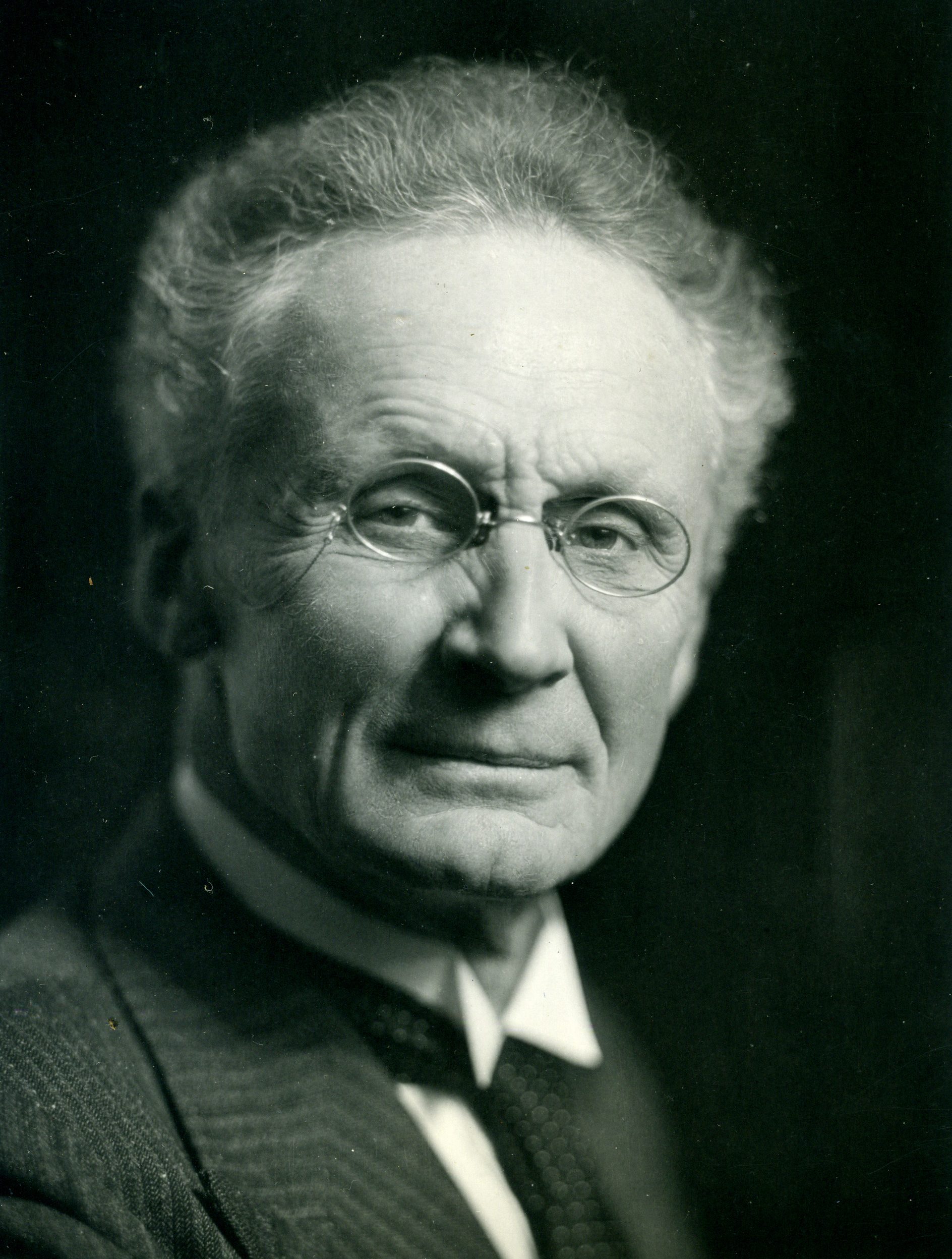The online atmospheric pressure measurement simulations on this page will allow us to better understand what atmospheric pressure is, how we observe it and how we measure it. We will see what Torricelli’s experiment was about, which laid the foundation for modern atmospheric pressure measuring instruments. We will also learn what Pascal’s Principle is.
What is atmospheric pressure
Atmospheric pressure is the force per unit area exerted by the air that forms the atmosphere on the earth’s surface. It is a fundamental phenomenon in the atmosphere and plays a crucial role in various aspects of our daily lives and natural processes.
Atmospheric pressure measurement unit
The IS unit of pressure is the pascal (Pa), named after Blaise Pascal. One pascal is equal to a force of one newton per square meter (N/m²). Other units of measurement are the bar (bar, equivalent to 100,000 Pa), the millimeter of mercury (mmHg), which is based on the experiment performed by Evangelista Torricelli in the 17th century, or the atmosphere (equivalent to 760 mmHg or 1.013 bar).
Variation of atmospheric pressure with altitude
Atmospheric pressure varies with altitude, since the amount of air over a given area decreases as we move away from the earth’s surface. The higher the altitude, the lower the atmospheric pressure. Atmospheric pressure also influences climate and the formation of weather systems. Changes in atmospheric pressure can indicate the arrival of cold or warm fronts, and areas of high and low pressure are responsible for wind patterns and atmospheric currents.
Atmospheric pressure measuring instruments
Barometers are instruments used to measure atmospheric pressure. There are different types, such as the mercury barometer and the aneroid barometer. In addition, weather stations and satellites also collect atmospheric pressure data for weather analysis and prediction.
Explore the exciting STEM world with our free, online simulations and accompanying companion courses! With them you'll be able to experience and learn hands-on. Take this opportunity to immerse yourself in virtual experiences while advancing your education - awaken your scientific curiosity and discover all that the STEM world has to offer!
Atmospheric pressure measurement simulations
- Pressure
- Torricelli
- Pascal
Concept of Pressure
In the first of our online atmospheric pressure measurement simulations, it is possible to observe how the pressure that an object exerts on its base changes when the weight of the object or its contact surface changes.
Torricelli’s experiment
Torricelli’s experiment, performed in 1643, proved the existence of atmospheric pressure. Torricelli filled a glass tube about one meter high with mercury, sealed it and inverted it in a vessel also containing mercury. He observed that the mercury in the tube descended, leaving an empty space at the top, and stabilized at a height of about 76 cm. This phenomenon occurred because the atmospheric pressure pushed the mercury in the vessel upward, balancing the column of mercury in the tube. This experiment led to the invention of the first instrument for measuring atmospheric pressure, the mercury barometer.
Drag the mercury tube into the vessel and see what happens to its level depending on the atmospheric pressure of the planet.
Pascal’s principle
Pascal’s Principle states that a change in pressure applied to an incompressible fluid at equilibrium within a closed vessel is transmitted uniformly in all directions and to all points in the fluid. Pascal’s Principle has a multitude of practical applications in all kinds of hydraulic devices such as presses, brakes, elevators, etc.
In the last of our online atmospheric pressure measurement simulations, you can see how the equilibrium point varies in two connected columns of fluid when the radii of the tubes change.
Giants of science
“If I have seen further, it is by standing on the shoulders of giants”
Isaac Newton

Alfred Lothar Wegener
–

Vilhelm Friman Koren Bjerknes
–
Become a giant


Modeling Climate Change



Introduction to Water and Climate



Global Warming Science



Climate Change: The Science and Global Impact



Introduction to Deep Earth Science



Sensing Planet Earth – From Core to Outer Space



Sensing Planet Earth – Water and Ice



Our Global Ocean – An Introduction Course




























